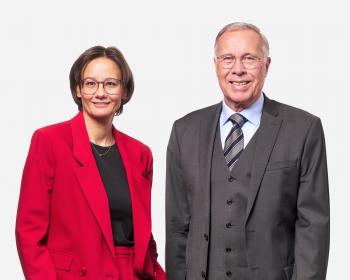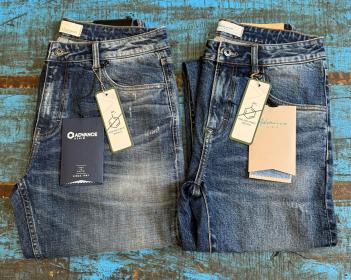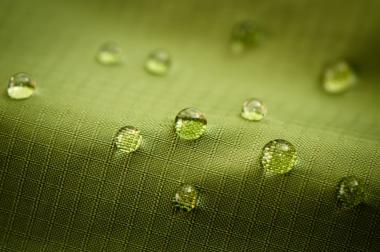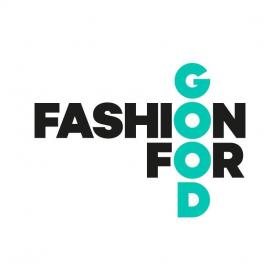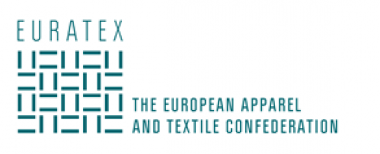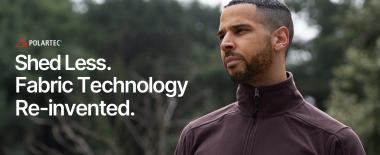Eva Baumann new CEO of the CHT Group
As of April 1, 2024, Eva Baumann takes over the position of CEO in CHT. Together with Prof. Dr. Klaus Müller, who acts as CFO, she forms the management of the internationally active CHT Group.
Until 2020, Eva Baumann had worked for many years in a leading global company in the chemical industry. She has been part of the CHT Group since January 2020 and, as Group Vice President, has headed the Business Field General Industries at Group level. As CEO, Eva Baumann is now responsible for Marketing, Sales, Corporate Strategy, Human Resources and Sustainability.
Eva Baumann has ambitious plans for the future of the CHT Group: "Together with my management team, I will continue to expand the CHT Group as a successful and profitable specialty chemicals group. We focus on what we have been particularly good at for over 70 years: turning innovative ideas into specialty applications. These ideas help our customers to secure their success and at the same time make a sustainable contribution to development. Our customer proximity and the outstanding quality of our products and services set us apart in the market.
CHT Gruppe
CHT Group


